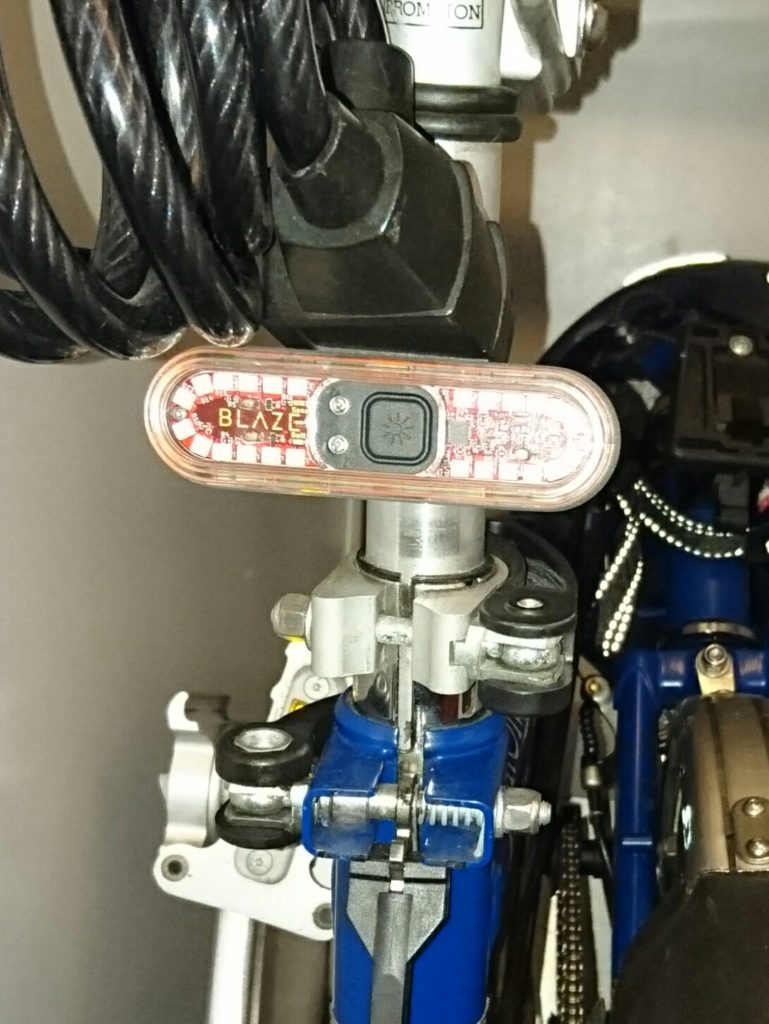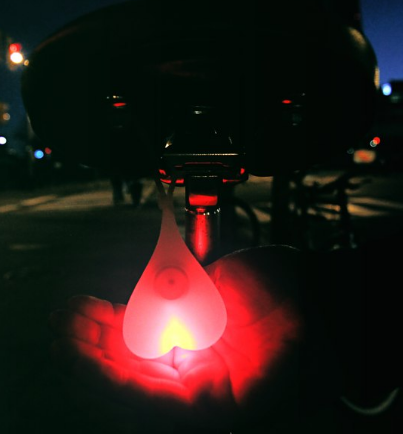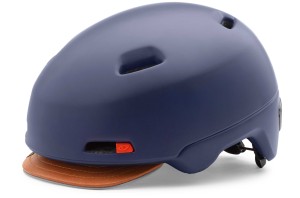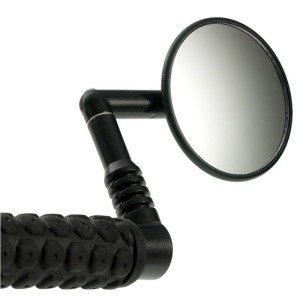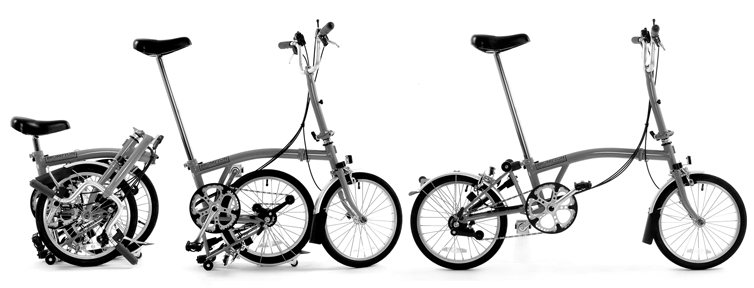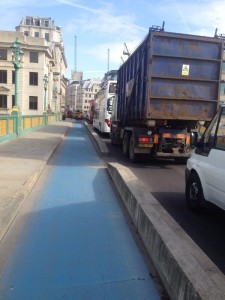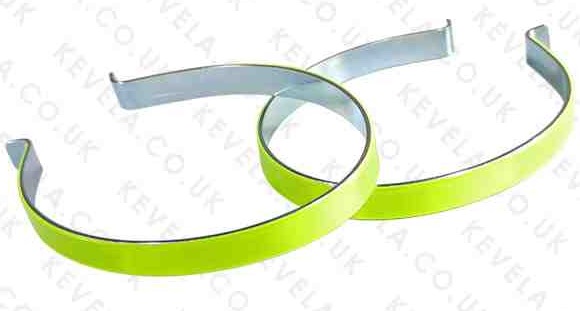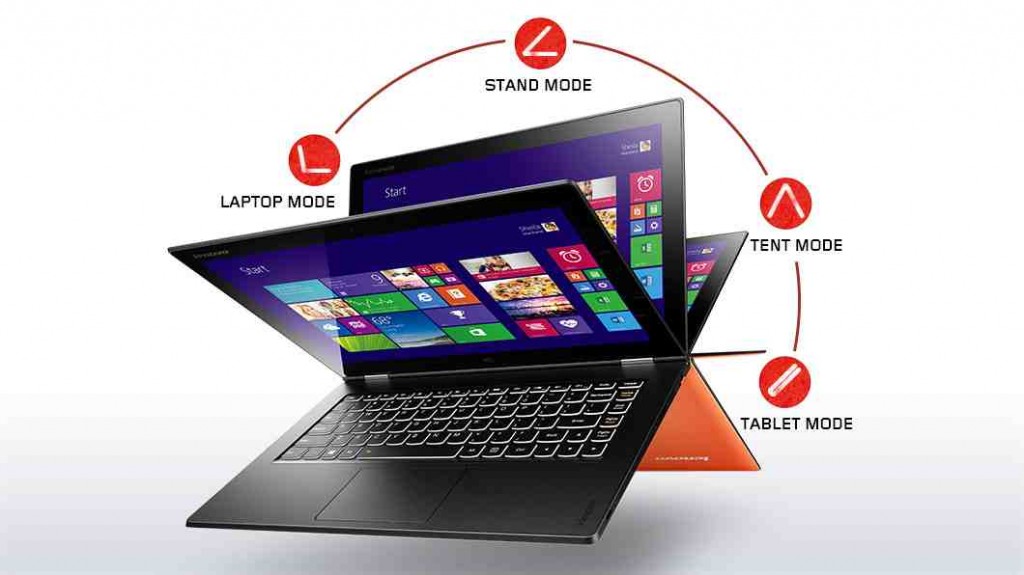 I met Deborah Sim a few months ago in BIPC St Pancras, researching the market for sex objects. Not having come across this concept before, I wanted to know more.
I met Deborah Sim a few months ago in BIPC St Pancras, researching the market for sex objects. Not having come across this concept before, I wanted to know more.
After studying the history of sex for a masters degree, using the British Library’s vast collection which I wrote about in 2013, (Private Case – Public Scandal – The secret books in the British Library), Deborah wanted to bring some of the amazing stories to life.
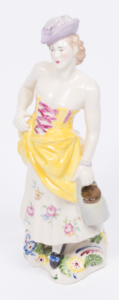 A perfect example is this Rococo style figurine of Gabriel Lawrence. For £550 you can purchase a 27cm high, hand decorated figurine of the famous cross-dressing milkman hanged for sodomy in 1726.
A perfect example is this Rococo style figurine of Gabriel Lawrence. For £550 you can purchase a 27cm high, hand decorated figurine of the famous cross-dressing milkman hanged for sodomy in 1726.
“This traditional figurine depicts Gabriel Lawrence, a burly milkman, who frequented the infamous molly houses of London in the early 1700s.
He was arrested during the infamous raid on Mother Clapp’s in Field Lane, as part of a movement by The Society of the Reformation of Manners to eradicate lewd, profane and immoral activities throughout the city.
Gabriel, and two companions, William Griffin and Thomas Wright, were convicted of sodomy and sentenced to death. All three were hanged on the gallows at Tyburn in the spring of 1726.”
Other opportunities to “Buy curious” on Deborah’s Sex Objects website include lampshades and cushions in her Soho Illuminations collection which document the iconic neon signs. I remember some of these garish lights from visits to 1970’s London, trying to lure in ‘punters’ from the Soho streets.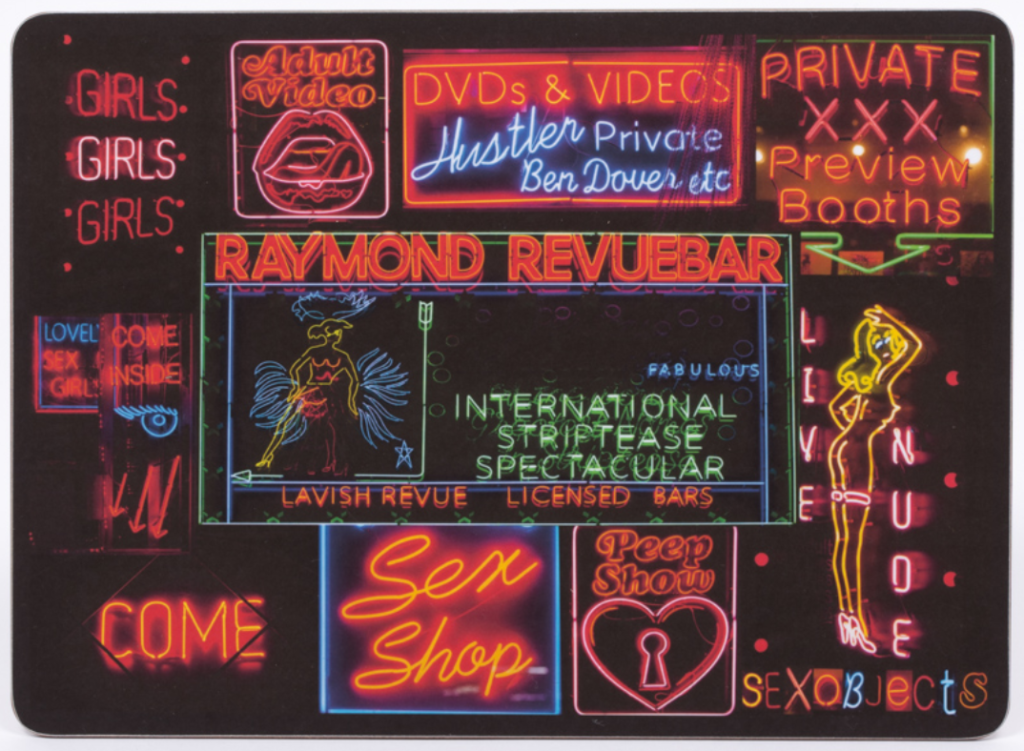
Or, how about this set of napkins sure to start a dinner party conversation…
“Based on an original design from London’s infamous Thélème Club the map is a thinly disguised guide to cottaging in 1930’s London. On them, public lavatories are marked alongside popular tourist attractions, such as London Zoo and Westminster Abbey. The toilets are charmingly represented by what appears to be jousting tents, perhaps intended to invoke a suggestion of two knights coming together wielding their erect lances. Mirroring this theme, two lavatory attendants, brandishing toilet brushes, can be seen reclining in the foreground.”
I was curious about how Deborah was going to test out the market for these intriguing gifts. Following the Lean Start-Up approach we are so keen on in the BIPC, she turned her flat into a museum shop. For the two weeks of the annual Heritage Open Days event in September she welcomed visitors into her home and tested the market for her Sex Objects.
Selling out almost all of her stock, it is safe to say the results were positive. Now she needs to move on to promoting her website sexobjectslondon.com to interested customers across the country.

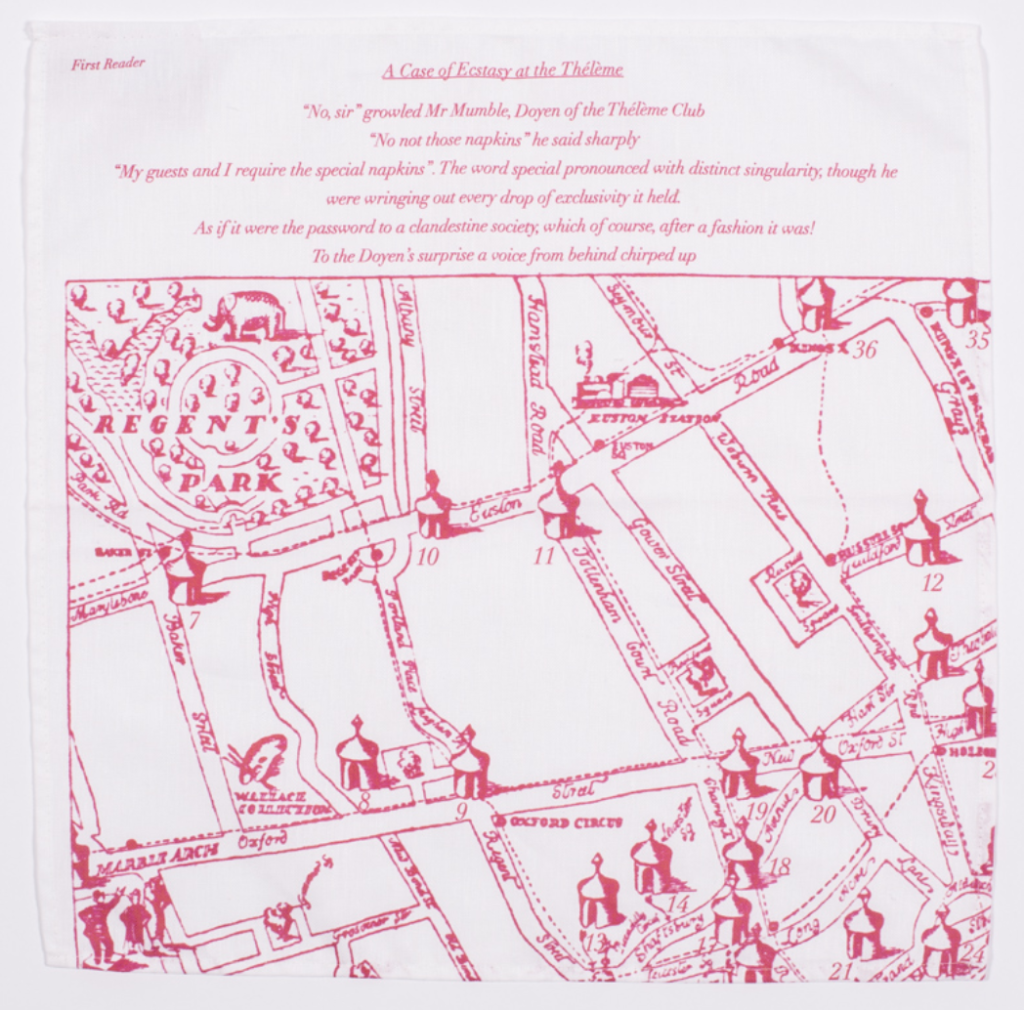
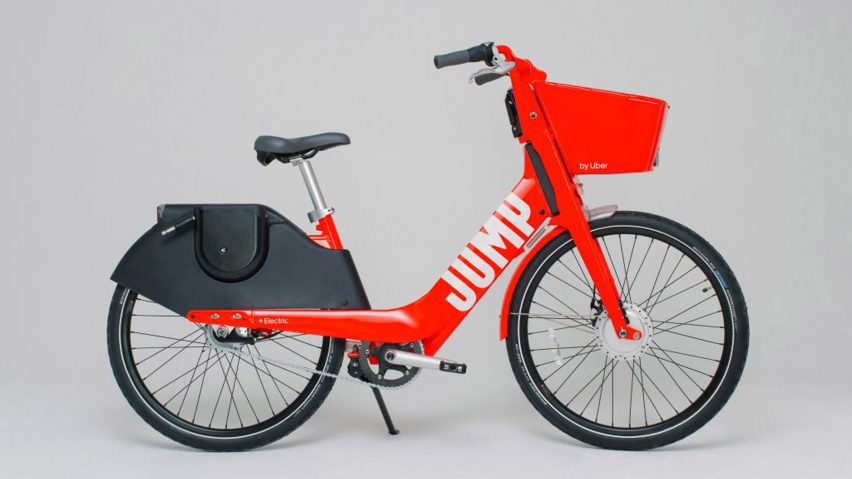
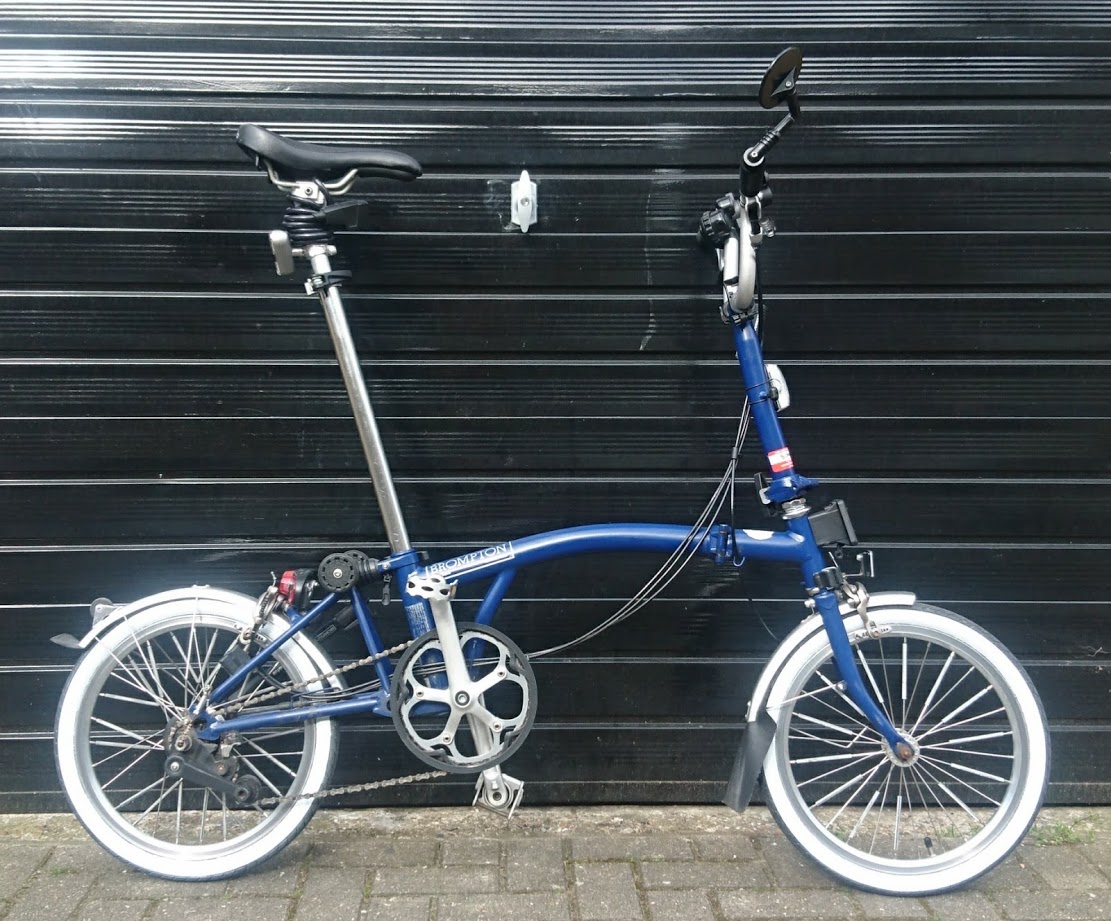
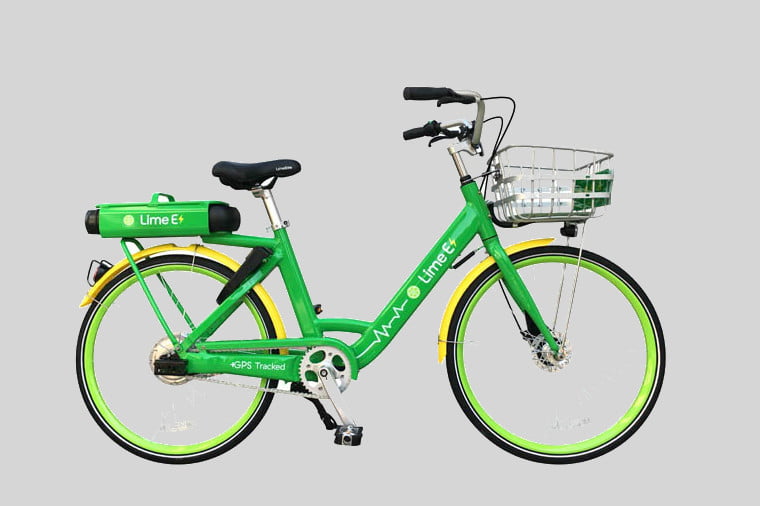
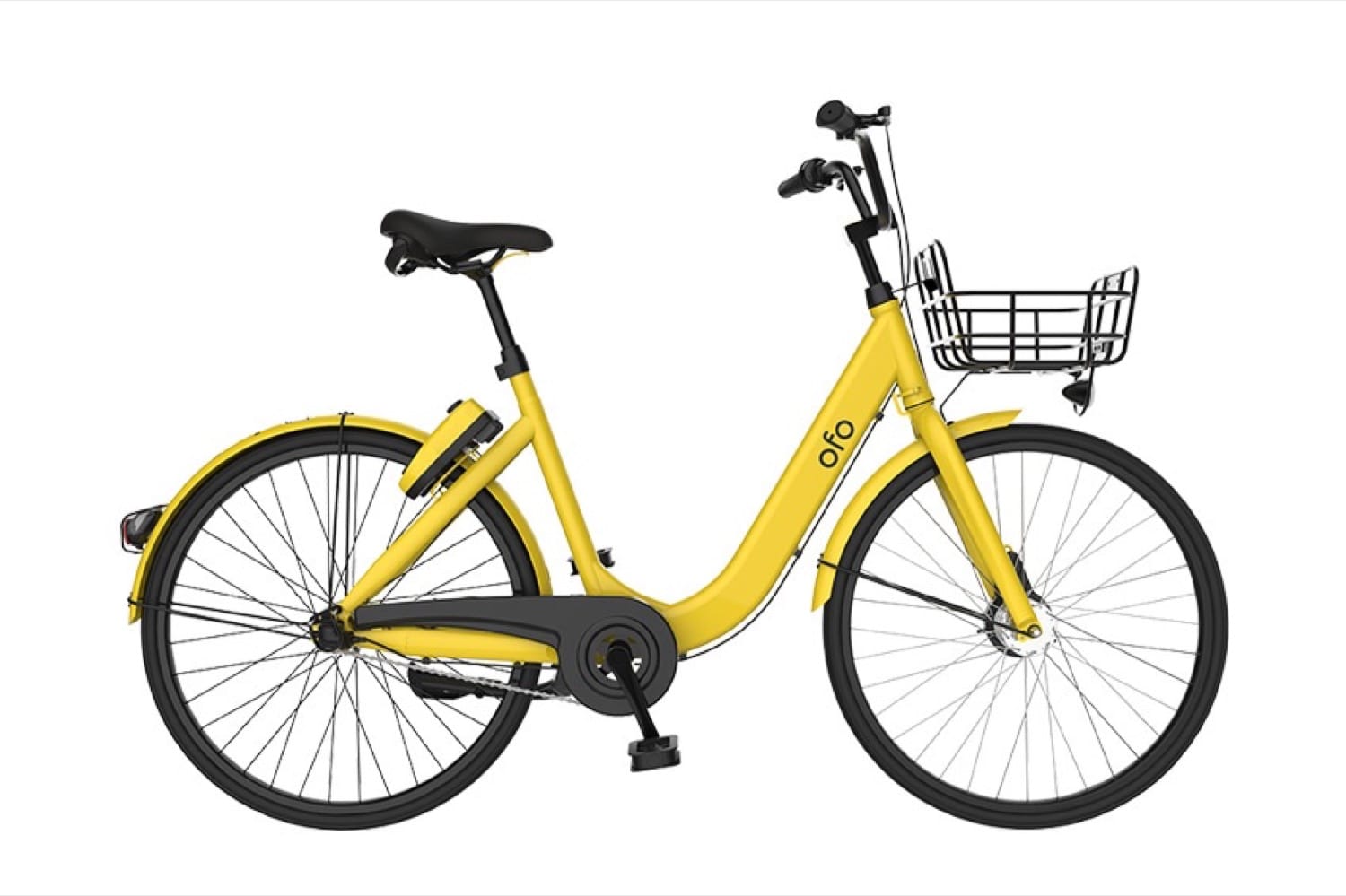
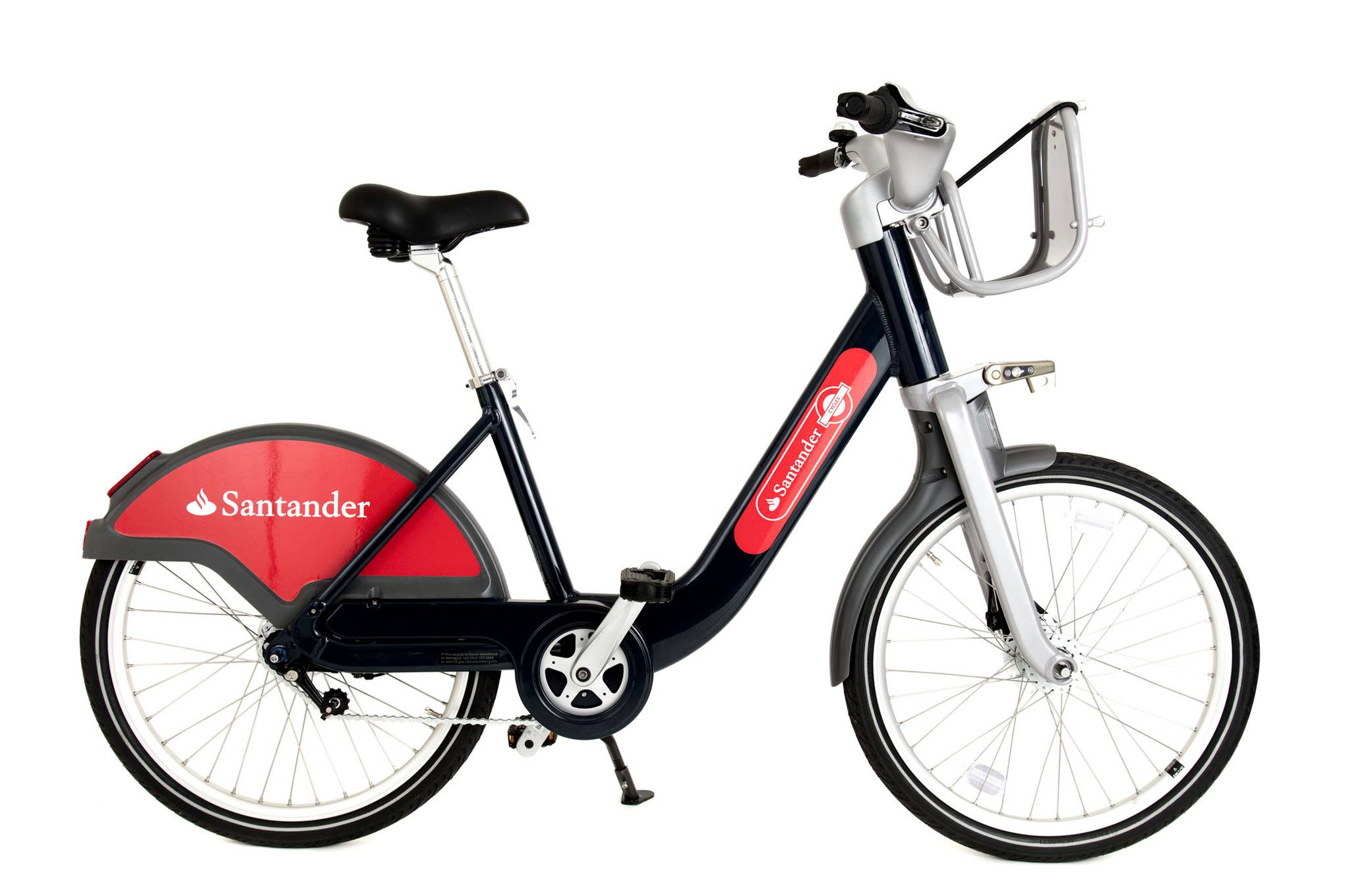
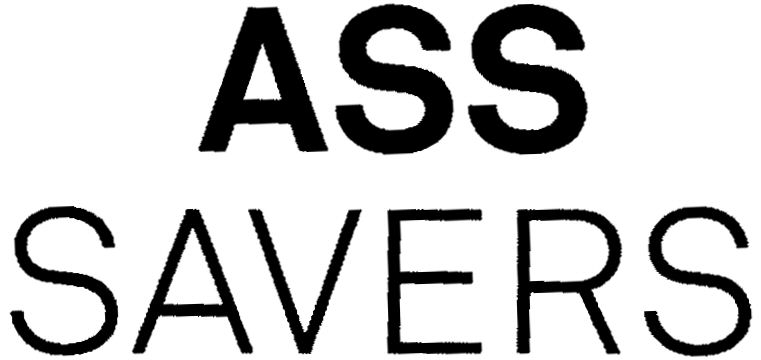
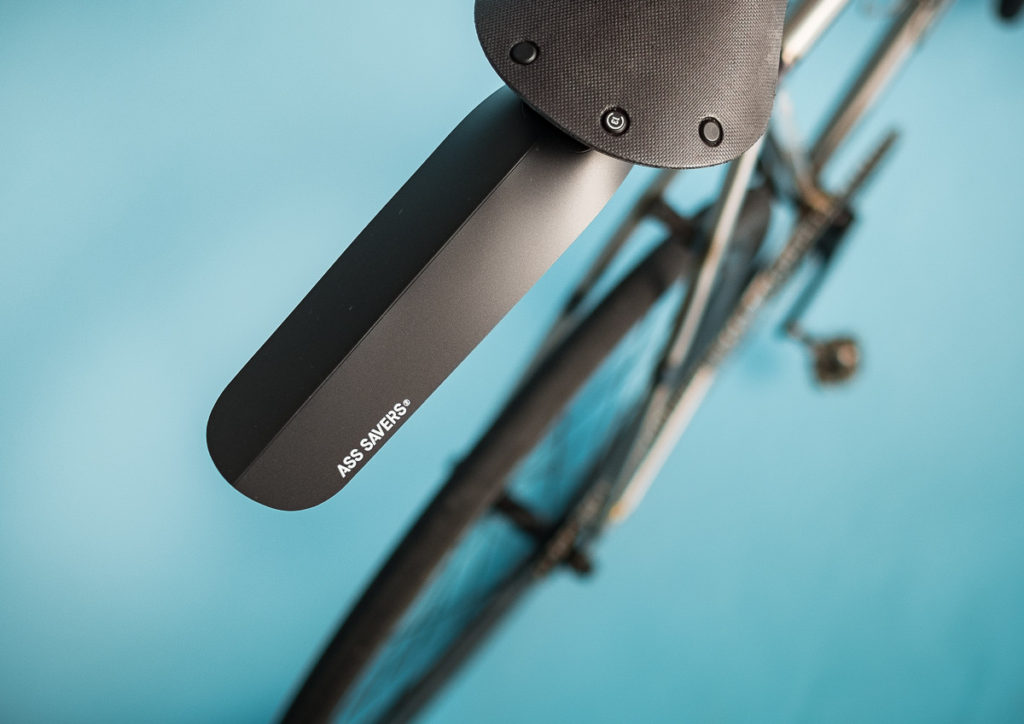
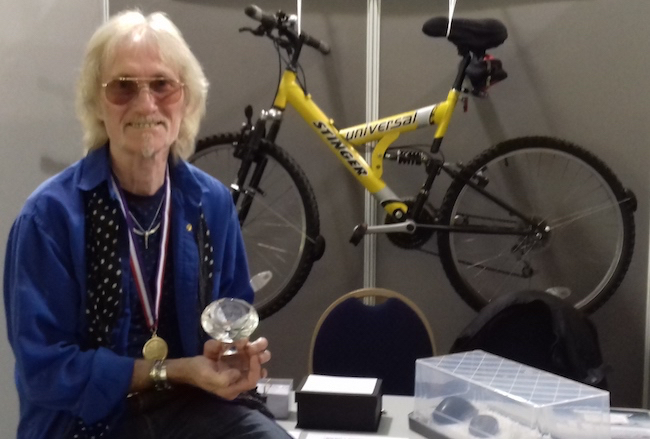
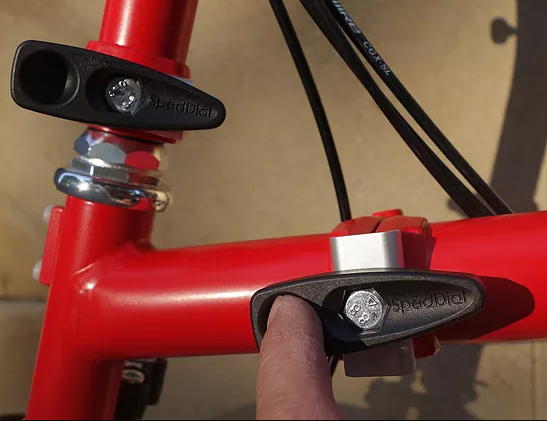
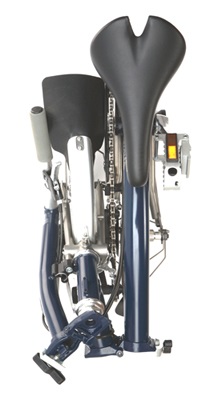
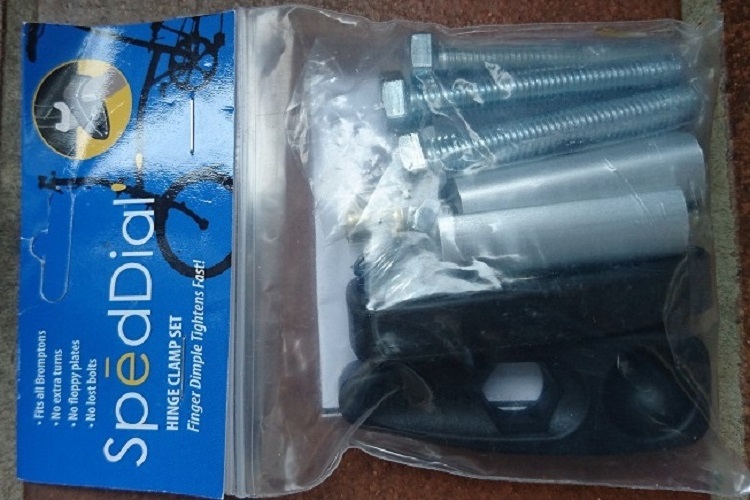



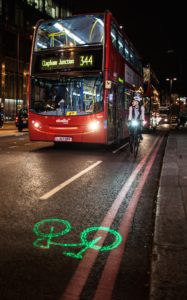
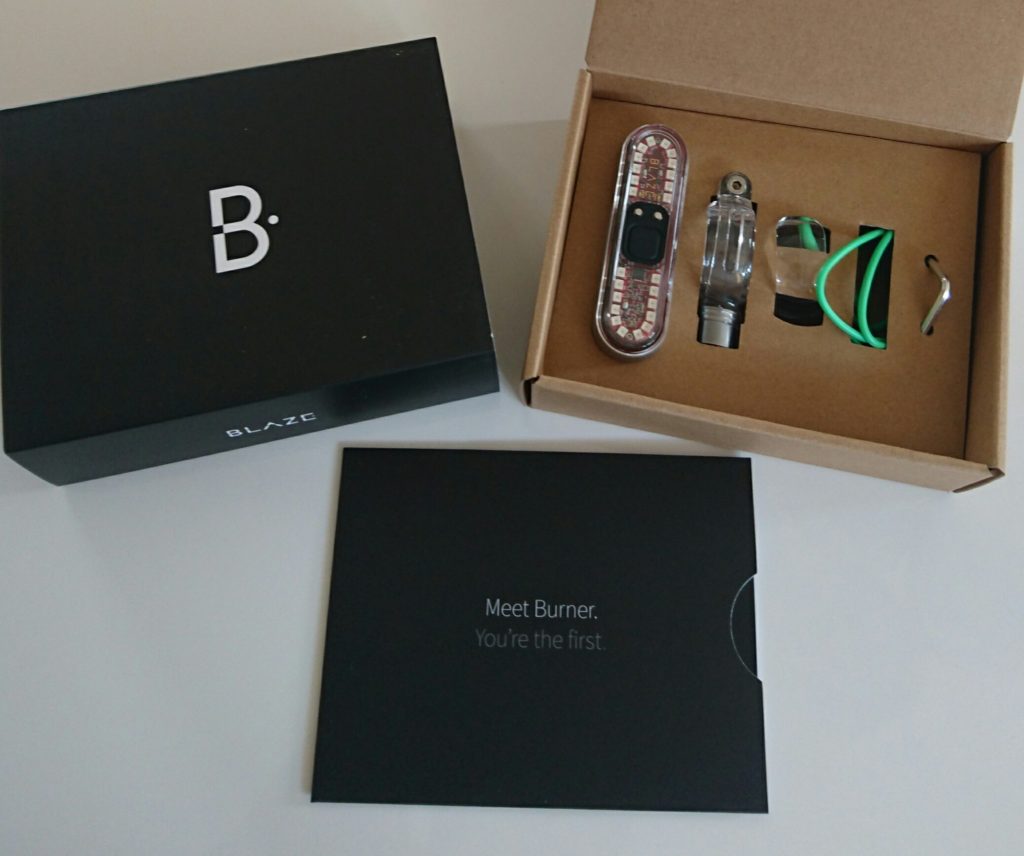 Since the campaign closed, the team have been on something of a roller-coaster ride. With quite a few technical and supplier problems along the way. This meant the original production date of April slipped by several months. The team kept the backers updated with the issues and delays. So it was with great delight that I finally got to open the package above this week. Just in time for use during the dark evening rides home.
Since the campaign closed, the team have been on something of a roller-coaster ride. With quite a few technical and supplier problems along the way. This meant the original production date of April slipped by several months. The team kept the backers updated with the issues and delays. So it was with great delight that I finally got to open the package above this week. Just in time for use during the dark evening rides home.